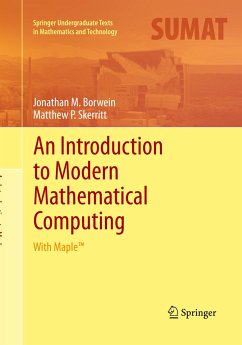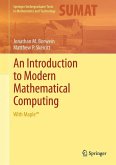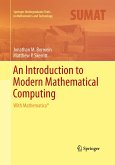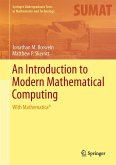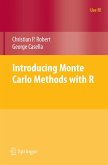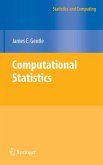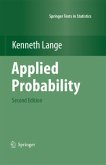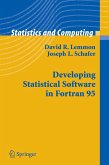Thirty years ago mathematical, as opposed to applied numerical, computation was difficult to perform and so relatively little used. Three threads changed that: the emergence of the personal computer; the discovery of fiber-optics and the consequent development of the modern internet; and the building of the Three "M's" Maple, Mathematica and Matlab.
We intend to persuade that Maple and other like tools are worth knowing assuming only that one wishes to be a mathematician, a mathematics educator, a computer scientist, an engineer or scientist, or anyone else who wishes/needs to use mathematics better. We also hope to explain how to become an `experimental mathematician' while learning to be better at proving things. To accomplish this our material is divided into three main chapters followed by a postscript. These cover elementary number theory, calculus of one and several variables, introductory linear algebra, and visualization and interactive geometric computation.
We intend to persuade that Maple and other like tools are worth knowing assuming only that one wishes to be a mathematician, a mathematics educator, a computer scientist, an engineer or scientist, or anyone else who wishes/needs to use mathematics better. We also hope to explain how to become an `experimental mathematician' while learning to be better at proving things. To accomplish this our material is divided into three main chapters followed by a postscript. These cover elementary number theory, calculus of one and several variables, introductory linear algebra, and visualization and interactive geometric computation.
From the reviews:
"This book is intended to teach the reader the usage of the computer algebra system Maple. ... The book is readable and valuable to mathematics, science, and engineering undergraduates at the sophomore or above level. It could also be valuable to practitioners in those fields who want to learn Maple in situ. ... Summing Up: Recommended. Lower-division undergraduates through graduate students; professionals." (D. Z. Spicer, Choice, Vol. 49 (5), January, 2012)
"This is a Maple-application book which illustrates some basic areas of mathematics by symbolic computation examples. ... The presentation is clear with all necessary details and comments for ensuring a full understanding of the considered examples. The intended beneficiaries are undergraduate students, teachers giving courses to undergraduate students, as well as programmers interested in using Maple for several classes of mathematical problems." (Octavian Pastravanu, Zentralblatt MATH, Vol. 1228, 2012)
"In An Introduction to Modern Mathematical Computing with Maple, Borwein and Skerritt show that computers are an excellent companion for learning mathematics. ... The theme of the book is that Maple can supplement mathematics learning and, what is more, can do much of the mathematics for the students. ... The temptation is tremendous for students to skip the real work to have a true understanding of mathematics." (David S. Mazel, The Mathematical Association of America, June, 2012)
"This book is intended to teach the reader the usage of the computer algebra system Maple. ... The book is readable and valuable to mathematics, science, and engineering undergraduates at the sophomore or above level. It could also be valuable to practitioners in those fields who want to learn Maple in situ. ... Summing Up: Recommended. Lower-division undergraduates through graduate students; professionals." (D. Z. Spicer, Choice, Vol. 49 (5), January, 2012)
"This is a Maple-application book which illustrates some basic areas of mathematics by symbolic computation examples. ... The presentation is clear with all necessary details and comments for ensuring a full understanding of the considered examples. The intended beneficiaries are undergraduate students, teachers giving courses to undergraduate students, as well as programmers interested in using Maple for several classes of mathematical problems." (Octavian Pastravanu, Zentralblatt MATH, Vol. 1228, 2012)
"In An Introduction to Modern Mathematical Computing with Maple, Borwein and Skerritt show that computers are an excellent companion for learning mathematics. ... The theme of the book is that Maple can supplement mathematics learning and, what is more, can do much of the mathematics for the students. ... The temptation is tremendous for students to skip the real work to have a true understanding of mathematics." (David S. Mazel, The Mathematical Association of America, June, 2012)

